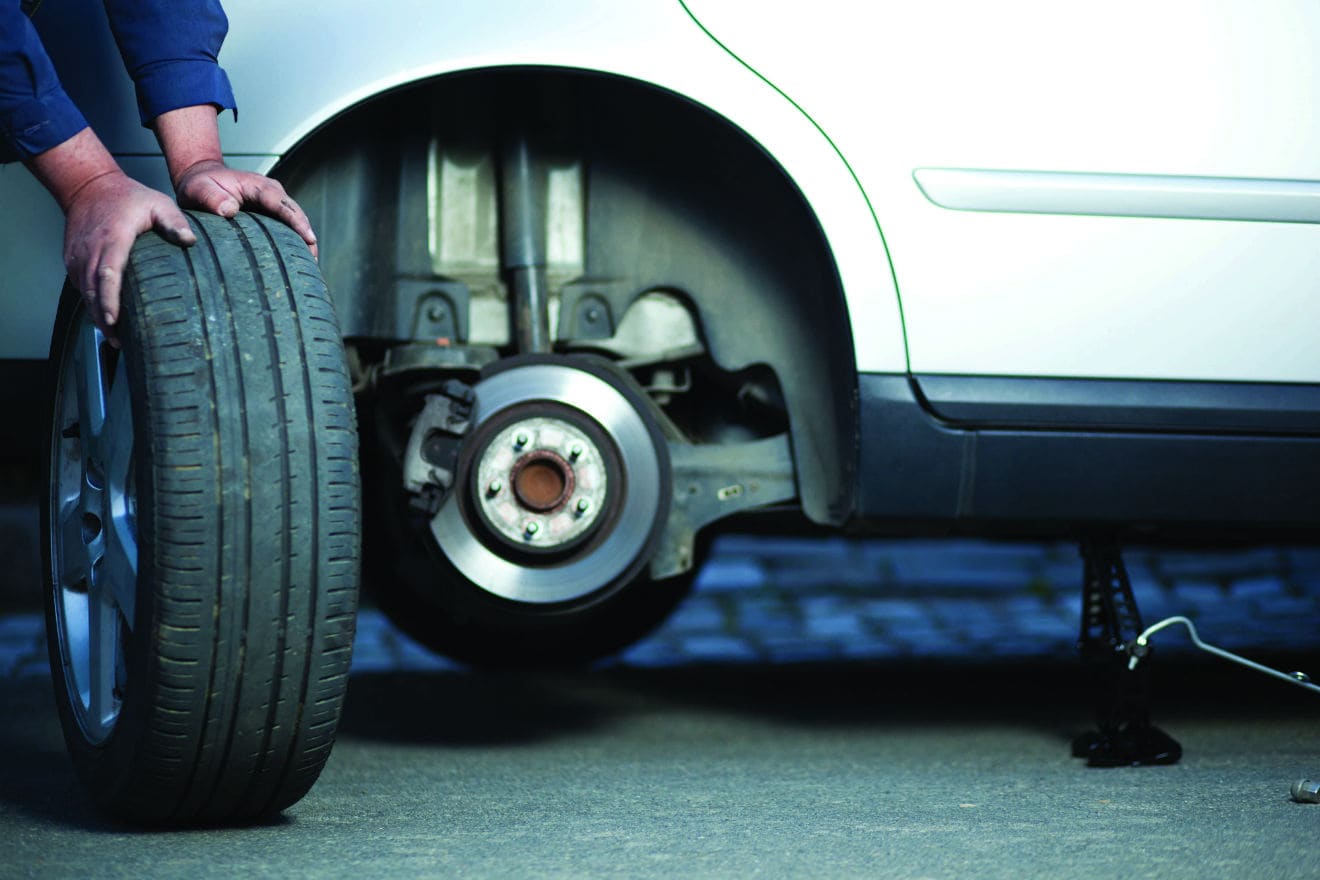Your tires are what keeps you connected to the road. If you're driving on tires with good tread and traction, you'll get to where you need to be, safely. If you wear the tires down, chances are that any amount of bad weather or a blown tire could put you in a dangerous situation.
Below is a list from Norm Reeves Lincoln of signs your tires are screaming at you to change them!
Treads 
The tread on your tires are designed to move and direct slush, water and snow from between your tires and the road. As we drive, moving the gaining precipitation on the roads is impossible to do. The treads allow your vehicle to plow through the levels of water on the roadways to keep you moving.
New Tires
Newer tires are now coming with tread wear indicator bars. These lines will appear when the tread on your tires have gotten to a low enough level to suggest you should look at replacing your tires right away, before you run into trouble.
Cracks, Cuts and Tracks
Another sign of bad tires are cracks, cuts and tracks on the sidewall. This is a sign that your tires may be developing a leak. This is also a sign that your tires may be ready to blow out, while you're on the highway en-route to the family trip you've waited months for. This could end in certain disaster that you are sure to want to avoid.
Bulges and Blisters
Also be on the lookout for bulges and blisters that extend outward from your tires. Just like the cracks and blisters mentioned above, bulges can lead to an easy blowout, placing you in jeopardy of danger when it does.
Vibrations
Though vibration is usually associated with tire imbalance, it is also a sign that there may be a structural defect with the tire that could lead to loss of control or a blowout.
Exposure to the Elements
Exposure to the elements, though uncommon, may also influence the performance of your tires. Vehicles exposed to high heat and sun rays could alternate the internal structure of your tires, again, causing a blowout.
Age
The final reason you'd want to consider changing your tires is due to age. Manufacturers recommend changing your tires every six years, considering none of the above have occurred.
Penny Test
You've probably heard of or even performed the penny test for tires to determine if they need replacement. While it seems overly simple, it truly is the gold standard for gauging the need for new tires.
In case you didn't know, the penny test goes like this: with Lincoln's head upside-down, insert the penny down between the tread blocks of the tire. If you are unable to see the top of Lincoln's head, you still have more than 2/32 of an inch of tire tread remaining. This means you don't yet need a change. If you can see his head, you are in need of a change. In fact, many state laws require you to install new tires if your tread is below 2/32 of an inch.
If you've determined that you do have at least 2/32 of an inch of tread left, you can also flip the penny over to gain an even further measurement. The reverse side of the penny will feature the Lincoln Memorial, which can be turned upside down to see if it's hidden in the tread. If it is completely hidden, that means you have more than 3/32 of one inch of tread left - and your tires still have a good amount of life in them.
Quarter Test
There is, however, another automotive camp as to the best way to measure your tire tread, and they use a quarter. To perform the quarter test, put Washington's head upside-down in the tread, just like President Lincoln's, and determine how much you can see. If you cannot see the top of Washington's head, you will know you have 4/32 of an inch of tread or more.
The two different camps exist because different independent studies have provided different results as to the safest and most effective levels of tire tread. One thing is agreed upon, though. In snowy, muddy, or slushy conditions, 4/32 of an inch of tread is important for proper traction.
Be sure to pay close attention to the condition of your tires. If anything looks or feels different than usual, schedule an appointment or visit your mechanic as soon as possible. Having bad tires on your vehicle could be the difference between a safe trip and disaster.
Need Additional Information?
If you are still unsure if your car is in need of a tire service, the service pros at Norm Reeves Lincoln are more than willing to assist you with all your tire service needs. Visit our service center at Cerritos Lincoln 18900 Studebaker Rd Cerritos, CA 90703 or call us at 1- 866-476-8822
